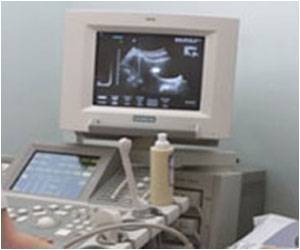
‘High exposure of ultra-fine particles in jet airplane exhaust results in 14% higher chance of preterm birth.’
Read More..Tweet it Now
“The data suggest that airplane pollution contributes to preterm births above and beyond the main source of air pollution in this area, which is traffic,” said Dr. Beate Ritz, a professor in the departments of epidemiology and environmental health sciences at the UCLA Fielding School of Public Health (FSPH).Read More..
Preterm birth is associated with complications such as immature lungs, difficulty regulating body temperature, poor feeding, and slow weight gain.
The research team, co-led by Ritz and Scott Fruin of the Keck School of Medicine at the University of Southern California, examined records for all births — a total of 174,186 —between 2008 and 2016 to mothers living within nine miles (15 km) of LAX.
They divided the overall area into four sections based on the amount of ultra-fine particle, or UFP, pollution from jet exhaust, with the section nearest the airport experiencing the highest exposure.
After adjusting for traffic-related air pollution and other variables that may affect the risk of preterm birth, including airport-related noise and the mother’s age, education level and race, they found that expectant mothers in the quarter with the highest average ultra-fine particle exposure had 14% higher odds of a preterm birth than mothers in the quarter with the lowest exposure.
Advertisement
The research is published in the journal Environmental Health Perspectives. Other authors include Timothy Larson and Sarunporn Boonyarattaphan, both of the University of Washington, and Neelakshi Hudda of Tufts University. The work was supported by grants from the National Institute of Environmental Health Sciences, part of the National Institutes of Health.
Advertisement
Source-Newswise












